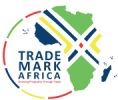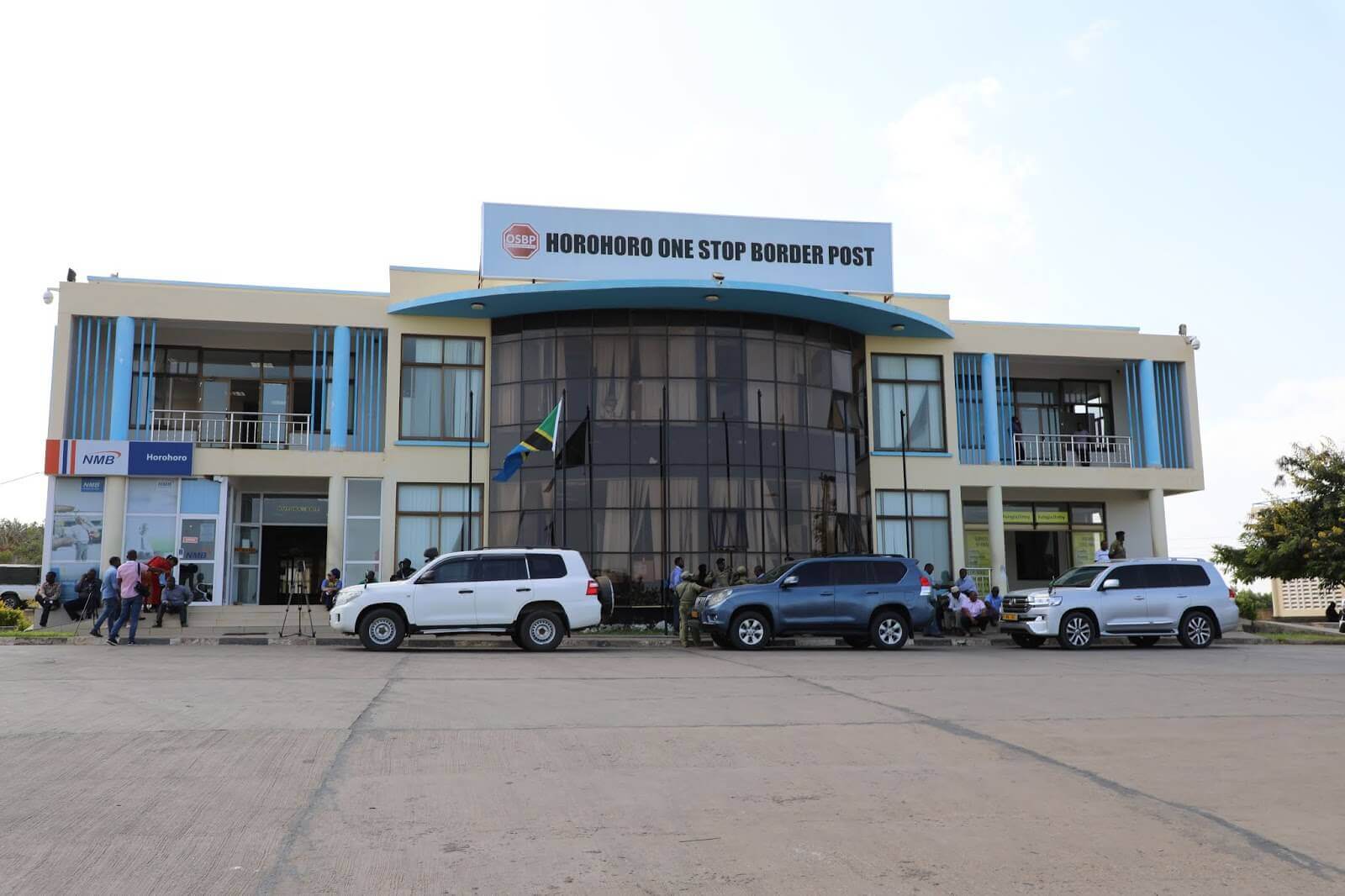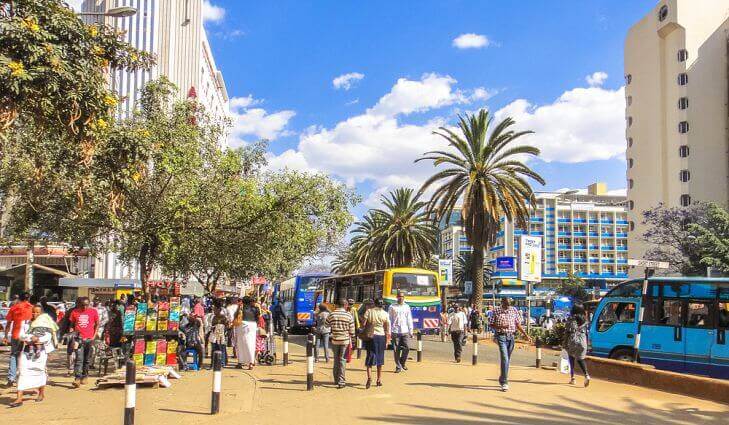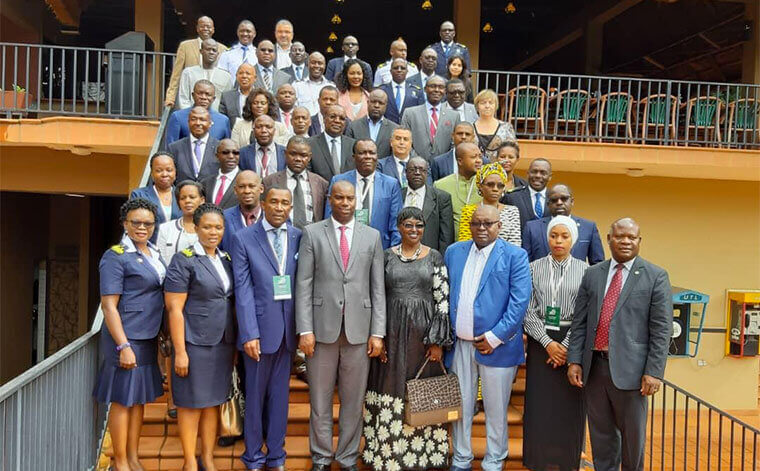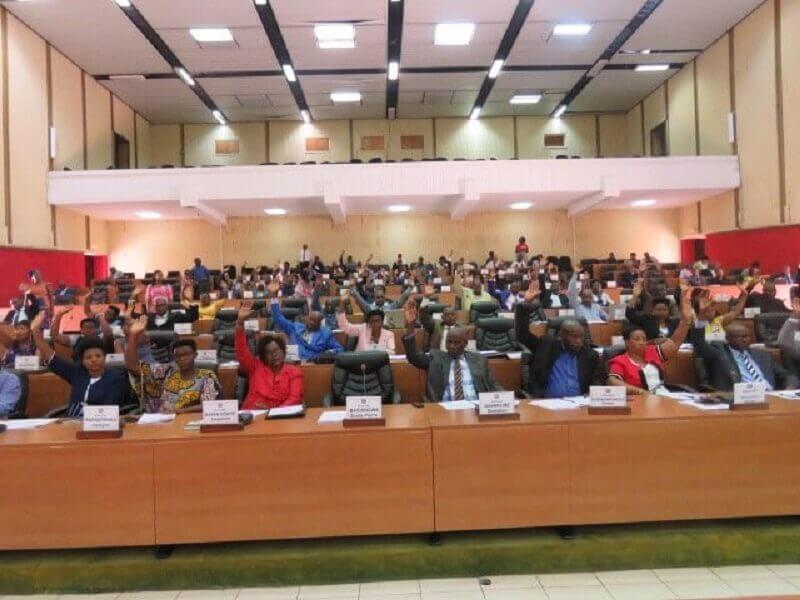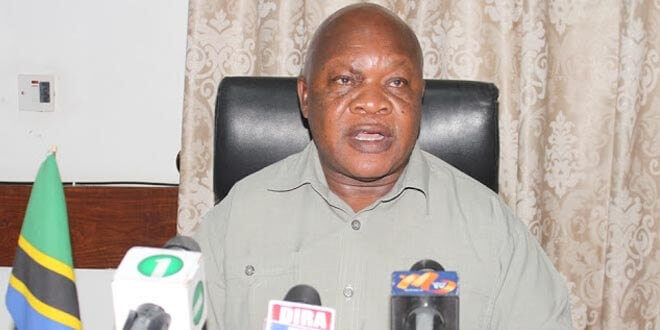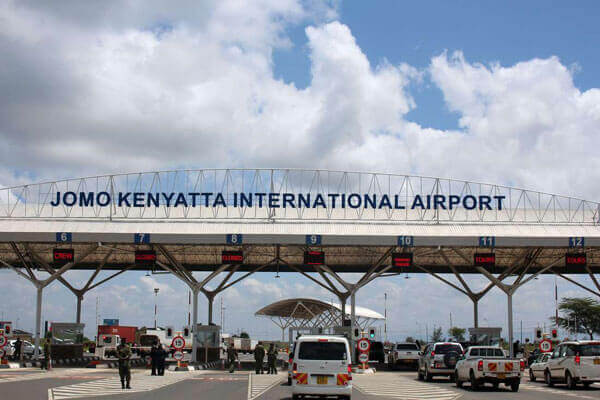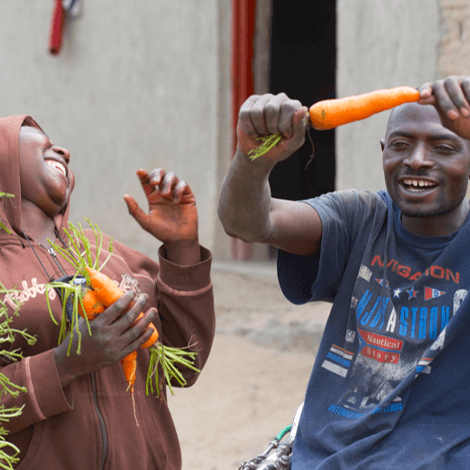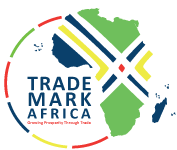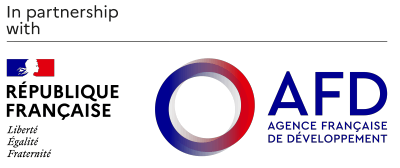IN a bid to boost cross border trade, the government through the Ministry of Industry and Trade has introduced a special procedure to deal with Non-Tax Barriers (NTBs). The Ministry’s Deputy Minister, Eng. Stella Manyanya said the new procedure will enable traders to easily access required services from the government and its institutions. She said the government is committed to ensure changes in the cross border trade and that the measures will help to boost trade and the country’s economy at large. She mentioned the borders that are set to be linked to the new system as Kasumulu border- Tanzania and Malawi, Tunduma border, Tanzania and Zambia, Mabamba border- Tanzania and Burundi, Horohoro border- Tanzania and Kenya, Rusumo border- Tanzania and Rwanda , Kabanga border- Tanzania and Burundi, Mtambaaswala border- Tanzania and Mozambique, Tarakea border- Tanzania-Kenya and Mutukula border, Tanzania- Uganda. She mentioned the institutions that are directly involved in cross border trade as Tanzania Revenue Authority (TRA), Department of Immigration; Tanzania Bureau of Standards (TBS), Tanzania Medicines and Medical Devices Authority (TMDA), Tanzania Atomic Energy Commission (TAEC), Plant Health Services Unit, Departments of Natural Resources and Tourism, Department of Livestock and Fisheries, District Councils and Tanzania Business Development and Tanzania Trade Development (Tan Trade). Source: Daily News
Govt eyes boosting cross-border trade
Posted on: October 3, 2019
Posted on: October 3, 2019
